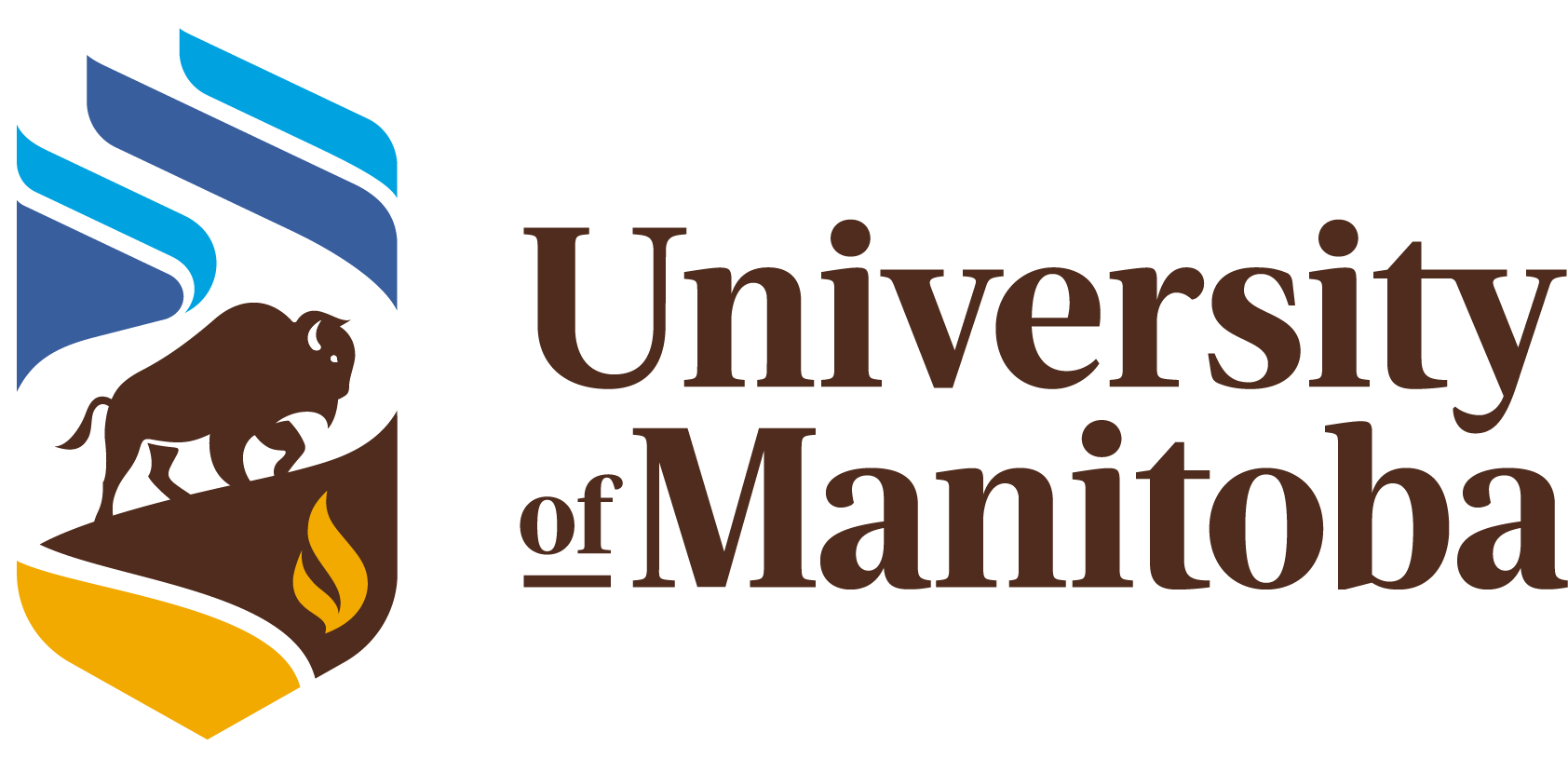
|
Department of Mathematics |
Rings and Modules Seminar
|
|---|

|
Department of Mathematics |
Rings and Modules Seminar
|
|---|
R. Padmanabhan and A. Clay
Ranganathan(dot)Padmanabhan(at)umanitoba(dot)ca
Adam(dot)Clay(at)umanitoba(dot)ca
© 2023, The Authors
University of Manitoba
Tuesday, March 07, 14, 2023
| Abstract:
A well-known result in quasigroup theory says that an associative quasigroup is a group, i.e. in quasigroups, associativity forces the existence of an identity element. The converse is, of course, far from being true, as there are many, many non-associative loops. However, a remarkable theorem due to David Mumford and C.P. Ramanujam says that in a projective variety \(V\), if a binary law of composition \(m\) merely possessed a 2-sided identity \( m(x, e) = m(e, x) = x \), then \(m\) must also have an inverse and satisfy the associative law, hence make \(V\) into a group. Motivated by this result, we define a universal algebra \( (A;\ F)\) to be an MR-algebra if whenever a binary term-function \( m(x, y) \) admits a two-sided identity, then the reduct \( (A, m(x, y)) \) must be associative. Here we give some non-trivial varieties of quasigroups, groups, rings, fields and lattices which are MR-algebras. For example, every MR-quasigroup must be isotopic to a group, MR-groups are exactly the nilpotent groups of class 2, while commutative rings and complemented lattices are MR-algebras if and only if they are Boolean.
References:
|